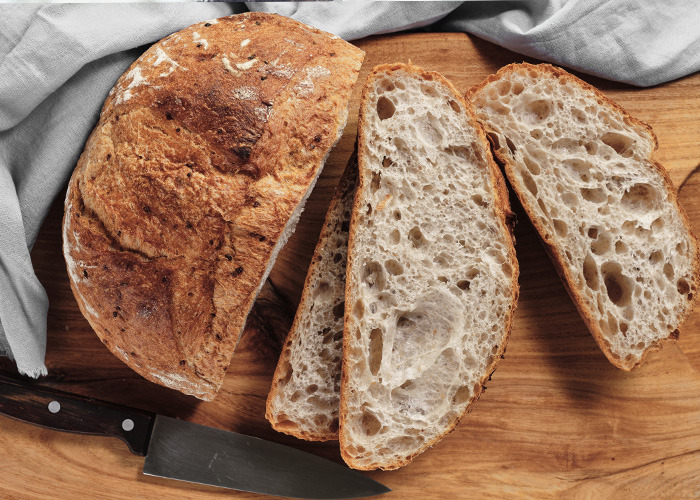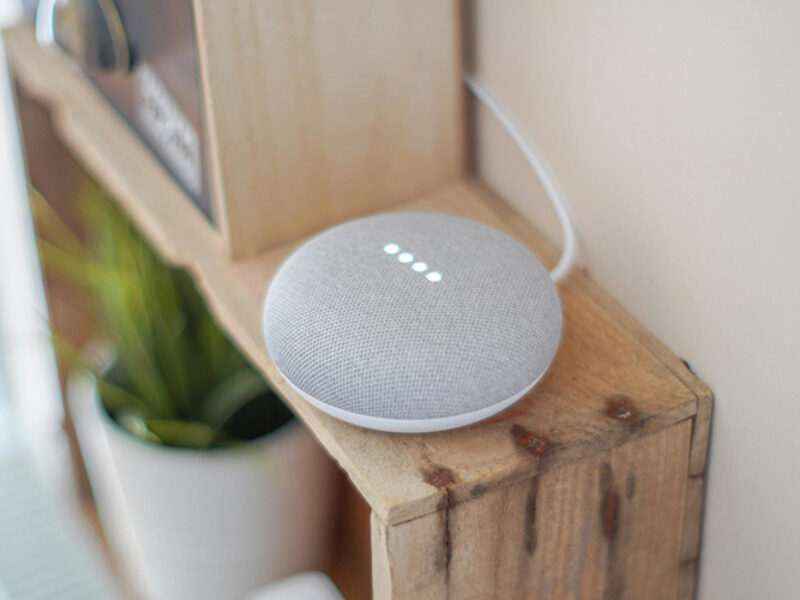Sourdough 101
It’s not too late to jump on the Sourdough train.
Some fads are worth the fuss.
If you ventured out into the culinary world in the past five years you will have come across “Sourdough” bread.
What exactly is it?
Sourdough is a style of dough-making that employs a different leavening agent than commercially baked goods. This naturally leavened dough doesn’t use shelf stable dry yeast and instead gets its “rise” from a “sourdough starter” (a fermented water and flower mixture containing wild yeast and good bacteria). Most commonly it is baked into a delicious sourdough loaf.
Does it taste sour?
While sourdough does have a distinctive flavour, you do not necessarily taste sourness similar to vinegar or lemon when you bite into a slice. More likely, you will taste a rich earthy sourness that reminds of a well brewed craft bear, or a roasted nuttiness. While sourdough does have a sour(ish) flavour profile, this does not interfere with its versatility when it comes to eating it. Sourdough bread is great when topped with anything from egg to avocado or preserves.
Why the fuss?
What makes sourdough so special is the fact that it contains so much good bacteria and usually doesn’t have the same level of chemicals and preservatives that mass produced commercially baked bread has. (What we call “Squishy white bread”) For this reason it does have a shorter shelf life, but if you seal it in an airtight Ziplock bag or container it can freeze quite well. Freeze it sliced so that you can take out a few pieces and refresh and defrost them in a toaster as needed.
Health benefits
We spoke about the good bacteria content above, but that is not the only health benefit that sourdough offers you.
- It’s yummy. Comfort foods are good for your soul and a happy person usually feels better about themselves. (Trust us on this!)
- It’s good for your gut but in a different way: It is true that the good bacteria can be mostly lost due to the baking process, but the polyphenols from the fibre and plant compounds remain, which forms a valuable source of fuel for your existing gut microbes. So rather than acting as a true pro-biotic, it simply boosts what you already have, and wont negatively impact your gut biome.
- Once again, the different fermentation process and higher fibre content than commercial bread gives sourdough a lower glycaemic index, and helps your regulate your blood glucose levels.
- It may be more nutritious, easier to digest and more satiating.
This is still up for debate, mostly because there are so many different variations of sourdough available. One proven fact is that the slow, natural fermentation process does improve the bioavailability of vitamins, minerals and fibre. This process also starts the protein breakdown which includes breaking down gluten.
For a full breakdown of why Sourdough can be a healthier option, read more about the Health Benefits of Sourdough
Can I DIY it?
The good news is, yes you can! In fact, by baking your own sourdough bread you can completely control the fibre content and fermentation, meaning you can bake the healthiest possible version.
Starting your sourdough journey can be tricky, but it is now much less so because reputable health food outlets have picked up on people’s passion for home-baking.
You can buy a sourdough starter kit from many online stores and try them out in your own home.
We love these options:
Babylonstoren Sourdough from scratch
Faithfull to nature Lizzy Sourdough starter
If you are feeling especially frugal and “homesteady”, you can also make your own starter.
We have tried this step by step recipe from The Pioneer Woman with great success:
Making the starter:
In a clean jar, weigh out 50 grams each of whole wheat flour and water. Mix well. Put a rubber band around the jar at the height of the starter to give a visual indication when the starter has risen. Cover the jar loosely with a glass or plastic lid, or a clean napkin secured with a rubber band.
Set the jar aside in a warm spot out of direct sunlight for 24–48 hours.
First feeding:
Check the starter after 24 hours. If there is no change except for a bit of greyness on top, wait another 24 hours. Once you see any activity (bubbles and/or increase in volume), it’s time to feed the starter!
Mix together a 50/50 blend of whole wheat and organic all-purpose flour. This will be what you feed your starter with!
Discard half of the starter. Add 50 grams each of the flour mix and water. Stir very well, cover loosely, adjust the rubber band if needed, and set aside as before.
Second feeding:
After 12–24 hours, you should see some activity in your starter (bubbles and increase in volume). Discard all but 50 grams of the starter. Add 50 grams each of the flour mix and water. Mix very well, cover loosely, adjust the rubber band if needed, and set aside as before.
Subsequent feedings:
Feed exactly the same way as the second feeding.
Continue feeding your starter every 12–24 hours until it doubles in volume every 8–12 hours, has a pleasant, yeasty smell, and passes the float test (see note). Once it passes the float test, your starter is ready to be baked with!
The whole process of getting your starter established can take anywhere from 5–10 days. Be patient and use your eyes, nose, and the float test to determine if it’s ready.
The Float test:
For the float test, drop a small amount of starter into a glass of room-temperature water. If it floats, the starter passed the test! If it sinks, you either need to let the starter sit longer to develop more bubbles, or feed it again and let it sit until it passes the float test (usually 6–12 hours).
Whether you buy, bake or simply swop out your toast for Sourdough the next time you do brunch, it is obvious that Sourdough is here to stay. Enjoy it!
Also read our article on why going Vegan is a good idea.



